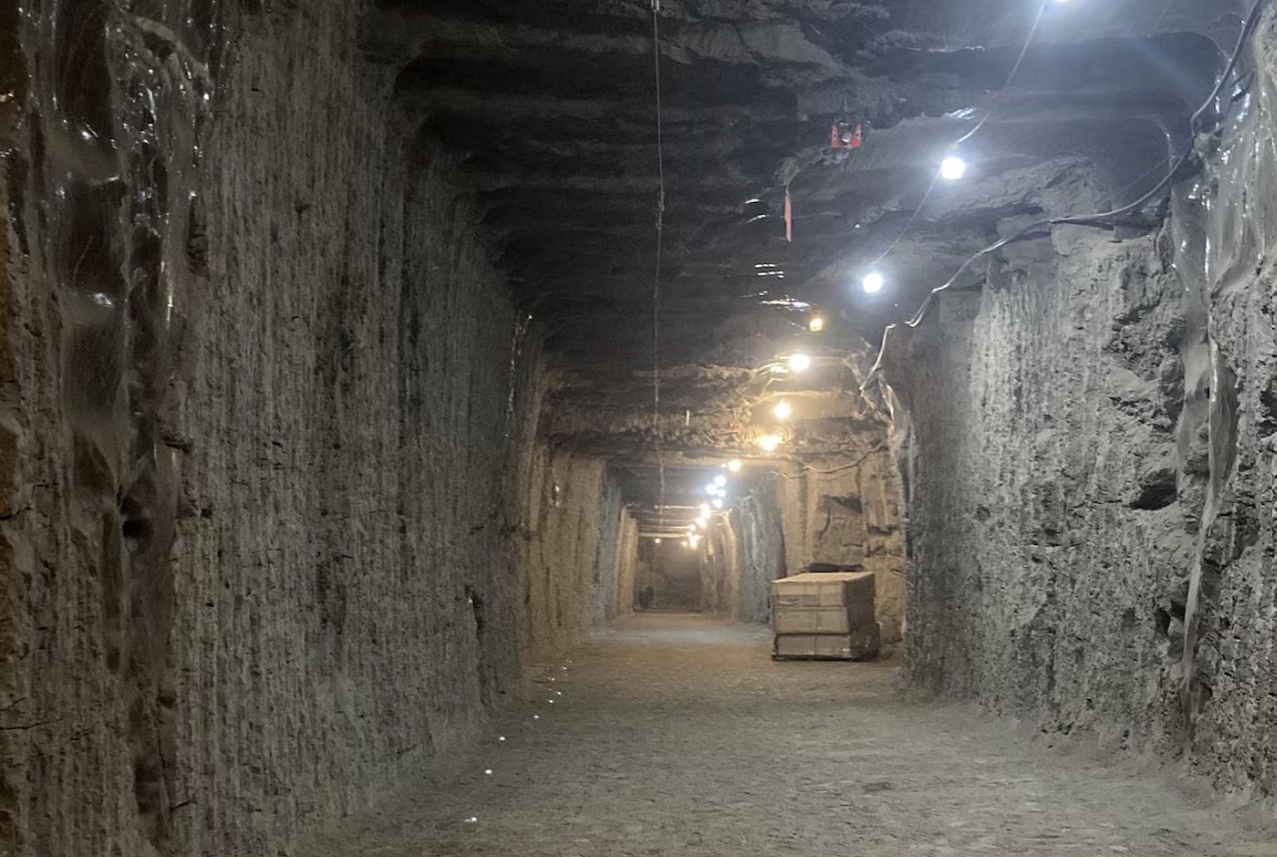Life that has been frozen in Alaskan permafrost for up to 40,000 years has been “woken up” by scientists.
In a recent mission to study our ever-changing world, scientists from the University of Colorado Boulder headed to the Permafrost Tunnel Research Facility, a 106-meter (350-foot) tunnel that burrows deeper into the frozen ground beneath central Alaska. As they traveled down the icy shaft, a pungent odor grew stronger and ancient remains of bison and mammoths began to emerge from the frozen walls.
“The first thing you notice when you walk in there is that it smells really bad. It smells like a musty basement that’s been left to sit for way too long,” Tristan Caro, lead author of the study and graduate student in geological sciences at CU Boulder, said in a statement. “To a microbiologist, that’s very exciting because interesting smells are often microbial.”
The team collected permafrost samples containing dormant microbes, some of which were up to 40,000 years old, and brought them back to the lab, where they were slowly warmed to between 4 and 12°C (39 to 53°F).
“We wanted to simulate what happens in an Alaskan summer, under future climate conditions where these temperatures reach deeper areas of the permafrost,” Caro explained.
To track the microbial activity, the researchers “fed” them water enriched with heavy hydrogen atoms, known as deuterium. This allowed them to see whether the microbes absorbed the water and incorporated the hydrogen into their cell membranes.

Down into the abyss: A view into the Permafrost Tunnel Research Facility in Fox, Alaska, 25 kilometers (16 miles) north of Fairbanks, run by the US Army Corps of Engineers.
Image credit: Tristan Caro
During the early months, the colonies expanded at a glacial pace. In some cases, the rousing colonies were replacing only about one in every 100,000 cells per day, which is very slow.
However, by the sixth month, the pace shifted dramatically. Certain colonies started to form gunky, glistening biofilms that were visible without a microscope – a clear sign they were alive and kicking.
Fortunately, the researchers say there’s little to no risk that these microbes could infect anything, although the work does point to some wider perils. Their findings suggest that microbial life that’s been locked in permafrost since the Ice Age could awaken after a bout of extreme warmth.
The silver lining is that revival takes a relatively long time. But as climate change continues to lengthen and intensify summers, these conditions are likely to become more frequent.
“You might have a single hot day in the Alaskan summer, but what matters much more is the lengthening of the summer season to where these warm temperatures extend into the autumn and spring,” Caro said.
Bear in mind, Alaska isn’t the only place in the world with a wealth of permafrost. Literal tons of this are found in the upper parts of the Northern Hemisphere across Canada, Greenland, and Siberia, as well as high mountain regions, such as the Tibetan Plateau. The Southern Hemisphere has its fair share, too, in the southern section of the Andes in Patagonia and New Zealand. None of these regions is immune to climate change, and as the planet continues to warm, more of this ancient frozen world may begin to stir.
“There’s so much permafrost in the world—in Alaska, Siberia, and in other northern cold regions,” Caro said. “We’ve only sampled one tiny slice of that.”
The new study is published in the Journal of Geophysical Research Biogeosciences.
Source Link: "It Smells Really Bad": Ancient Life Frozen In Alaska For 40,000 Years Has Been Woken Up